The sun beat down relentlessly on the rugged hills surrounding Los Angeles, setting the stage for a catastrophic wildfire outbreak. But as flames ravaged the landscape, it became clear that something more than just nature’s fury was at play. The rapid proliferation of housing developments in and around fire-prone areas had significantly exacerbated the situation.
Rising Risk in Residential Expansion
In recent years, a growing number of Americans have been drawn to live on the fringes of cities, where urban sprawl meets wilderness. This interface, known as the “wildland-urban interface,” has become a hotspot for devastating wildfires. Between 1990 and 2020, California saw a staggering 40% increase in homes built in fire-prone regions, contrasting sharply with a mere 23% growth in less vulnerable downtown areas.
Expert forest ecologist Volker Radeloff highlighted how this expansion into high-risk zones has made communities more susceptible to fire disasters. He emphasized that when fires break out, they wreak the most havoc precisely where civilization encroaches upon untamed lands.
The Human Factor in Igniting Flames
It’s not just climate conditions that trigger wildfires; human activities play a significant role as well. From discarded cigarettes to machinery sparking dry vegetation ablaze, humans are responsible for igniting most wildfires. As populations burgeon near forests and grasslands, there is an increased likelihood of fires starting and spreading rapidly.
Urban Institute senior fellow Andrew Rumbach underscored how this influx into fire-prone territories has upped the ante for wildfire incidents. With more homes dotting these landscapes, firefighting efforts are stretched thin due to challenging terrain and heightened demand for protection against blazes.
Beyond Urbanization: Lessons from Los Angeles Fires
The recent spate of fires in Los Angeles revealed deeper issues beyond urban expansion. Crystal Kolden from UC Merced pointed out that while some older homes had weathered previous blazes unscathed, changing environmental dynamics now pose greater risks. Former ranch lands turned conservation areas unwittingly fostered dense vegetation growth – fuel waiting to ignite under extreme conditions like prolonged droughts and fierce winds.
Despite such challenges, experts like Max Moritz advocate for reshaping our approach to living alongside fire-prone environments. Rather than shunning these areas entirely, they propose fortifying homes with ember-resistant materials and creating defensible spaces free of combustible vegetation around properties—an approach endorsed by Anne Cope of IBHS (Insurance Institute).
Towards Sustainable Coexistence
As we grapple with escalating wildfire threats amid ongoing housing shortages and economic pressures, striking a balance between development needs and environmental safety becomes imperative. Encouraging infill development within cities while safeguarding high-risk zones demands comprehensive planning efforts.
While progress has been made through stringent building codes adopted by California since 2008 aimed at bolstering resilience against fires; challenges remain concerning retrofitting older structures and enforcing regulations uniformly across states.
Through collaborative endeavors encompassing residents, governmental bodies, and insurance providers alike—efforts akin to those undertaken post-Painted Cave Fire tragedy could pave the way towards enhanced community resilience against future infernos.
Each disaster is an opportunity for reflection and action; Dr.Kolden urges communities facing similar perils to seize this moment as a catalyst for change towards safer cohabitation with wildfires—a stance echoed by experts advocating proactive measures over reactive responses post-calamity.

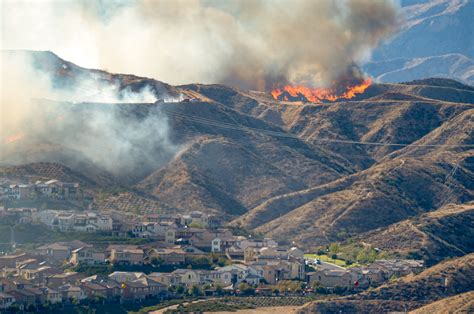
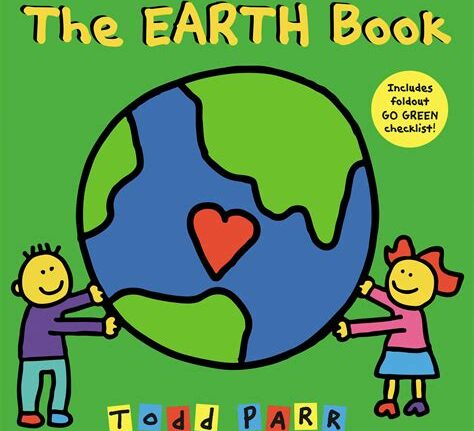

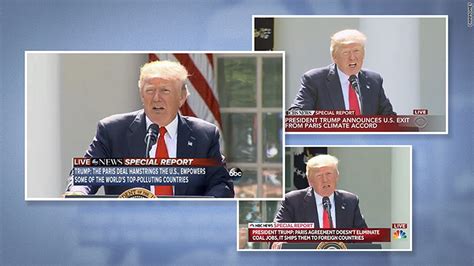

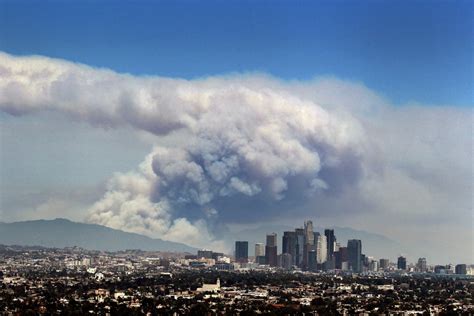
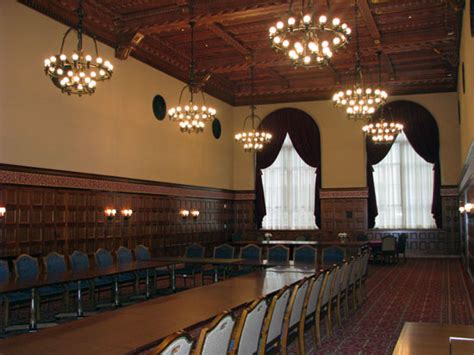
Leave feedback about this